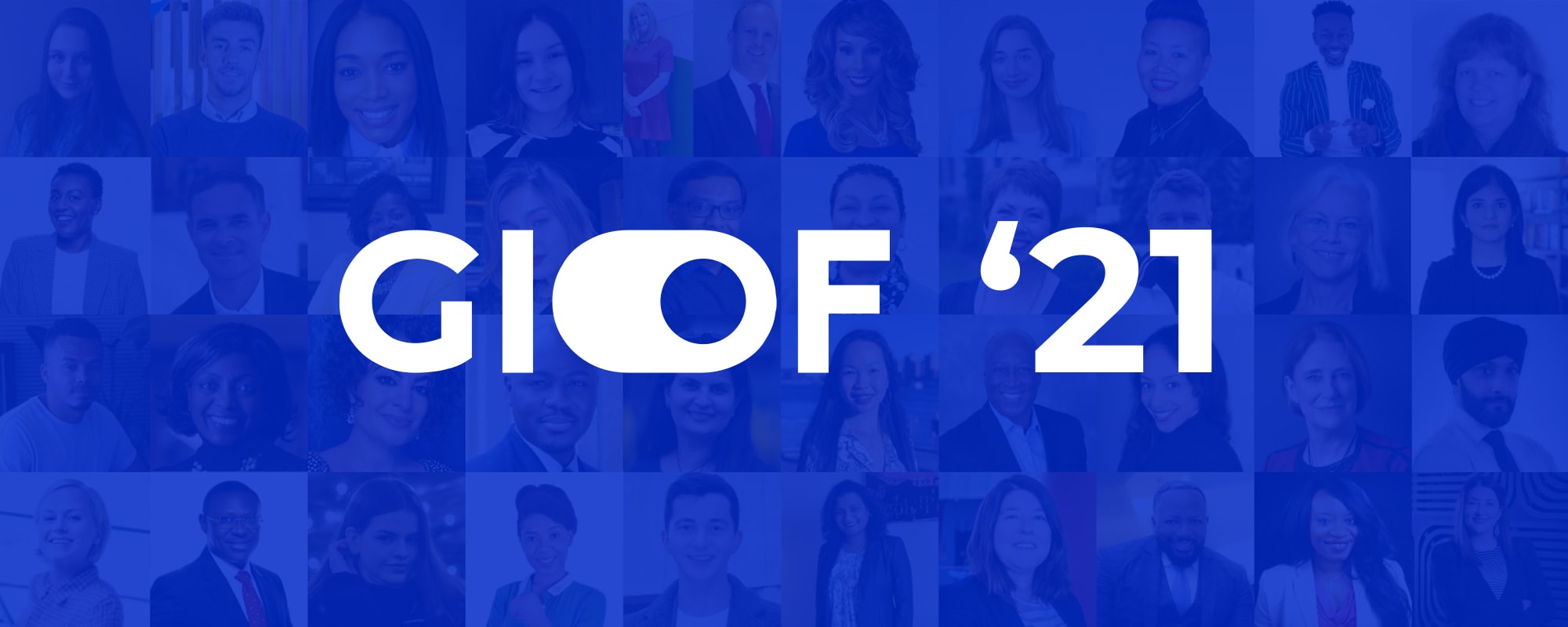DIVERSITY, EQUITY AND INCLUSION: WHAT’S WRONG WITH RATIOS?

A month ago, I met with a regional HR team of a big and well known multinational company. The meeting was to discuss my potential involvement as a facilitator in the company’s Diversity, Equity and Inclusion (DEI) training programs aimed at achieving established global diversity goals. The priority diversity goal was for 50:50 gender parity.
The HR team claimed that the reason behind this ambitious gender parity target was to improve the efficiency and productivity of the organization as a whole, rather than fixing historical gender inequality. To achieve gender parity, the HR team discussed working to provide more space for talented women, which constitute more than 50 % of recent university graduates in the region of their responsibility.
The members of the regional HR team were all women. They divulged that male company employees did not like the diversity goal for gender parity. At the time of the meeting, the company’s gender balance was around 70:30 male to female and, in aiming for a 50:50 gender ratio, the male employees were concerned that the male workforce would decrease. They believed that new female team members would replace their roles in the company, reduce their chance of promotion and make it more likely for them to be fired.
Since 2020, when my team launched the Global Inclusion Online Forum, I have been involved in many conversations about gender and race ratios in companies. While the benefits that DEI bring to an organization are extensive, I have always felt something is wrong with aiming for representation ratios. For example, what should a team of four people, all of whom happen to be women, do to reach gender balance? Exclude all women from all further job competitions, no matter how talented and skilled they are? In the last Annual Meeting of the Global Inclusion Online Forum several white male DEI professionals complained that they were automatically excluded from DEI job competitions at some large companies. That’s definitely not an inclusive approach.
In prioritizing diversity goals, companies seem to overlook the other two elements of the DEI triad: equity and inclusion. Despite all the talks about their importance, none of the large global companies has announced their specific inclusion or equity goals. Why is this?
McKinsey, a management strategy consultancy and a global champion in proving the business case for diversity, and in the most recent global diversity report there is a chapter dedicated to inclusion and highlighting its importance. At the same time, the McKinsey report states that there is no unified methodology for measuring inclusion across companies. As such, McKinsey’s statistical study of inclusion does not provide detailed measurements on a company-by-company basis. Instead, the report was focused on analyzing user’s sentiments on inclusion in employee reviews at Glassdoor, an independent public job search website.
Importantly, there is no unified methodology on measuring diversity, either. But the corporate world seems to be much more focussed on diversity data and representation rates, than thinking about how to measure and improve inclusion.
The majority of companies, however, conduct regular anonymous employee satisfaction surveys. It is conceivable that these surveys could be used to collect data on inclusion perspectives and rates. Companies seem reluctant, however, to publicly disclose results of such surveys, and on publicly setting and announcing inclusion goals. The answer why this happens can be found in the same McKinsey report:
“Sentiment on inclusion was markedly worse at only 29 percent positive and 61 percent negative—which encapsulates the challenge that even the more diverse companies still face in tackling inclusion”
A clear example of this sentiment is my potential client company, where the male majority did not support the diversity goals. Even if diversity numbers improve, men feeling threatened about every new female team member lead the women to feel insecure too. How do you think such a change would impact the overall performance of employees?
Without denying the importance of diversity data, which can serve as an indicator of discrepancies in recruiting and hiring processes, diversity goals should not stand alone. Corporate inclusion index and employee equity rates, measured by regular anonymous surveys, should be used to complete the DEI triad.
For a new global push on inclusion, I am sure, the corporate world does not need a new George Floyd. It would be a good start if a global diversity measurement champion like McKinsey could focus one of their future reports on inclusion and another on equity. Alternatively, global corporate giants, like my potential client, could publicly recognize their challenges with inclusion and set revised inclusion rate targets.
Without focus on the full triad, I am concerned that the global DEI movement could go in the wrong direction, with growing corporate problems of inclusion gradually hampering progress towards representation ratio targets.

 Blind Hiring Summit: Embracing the New Age of HR
Blind Hiring Summit: Embracing the New Age of HR DEI Data Summit
DEI Data Summit Diversity Fatigue Summit
Diversity Fatigue Summit GIOF 2022 Annual Meeting
GIOF 2022 Annual Meeting Banking for everyone: Arising accessibility trends in banking and financial services
Banking for everyone: Arising accessibility trends in banking and financial services GIOF 2021
GIOF 2021 GIOF 2020
GIOF 2020